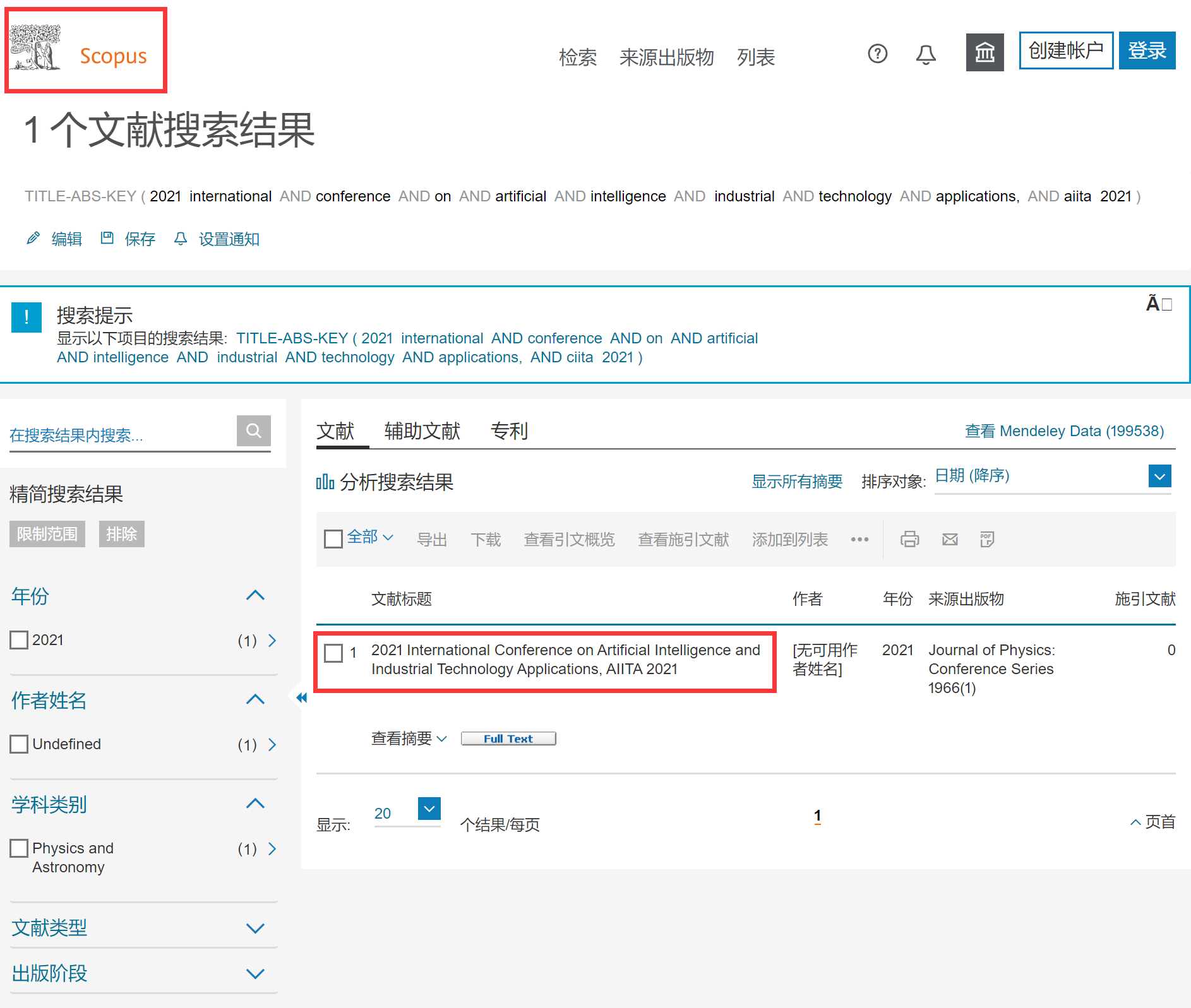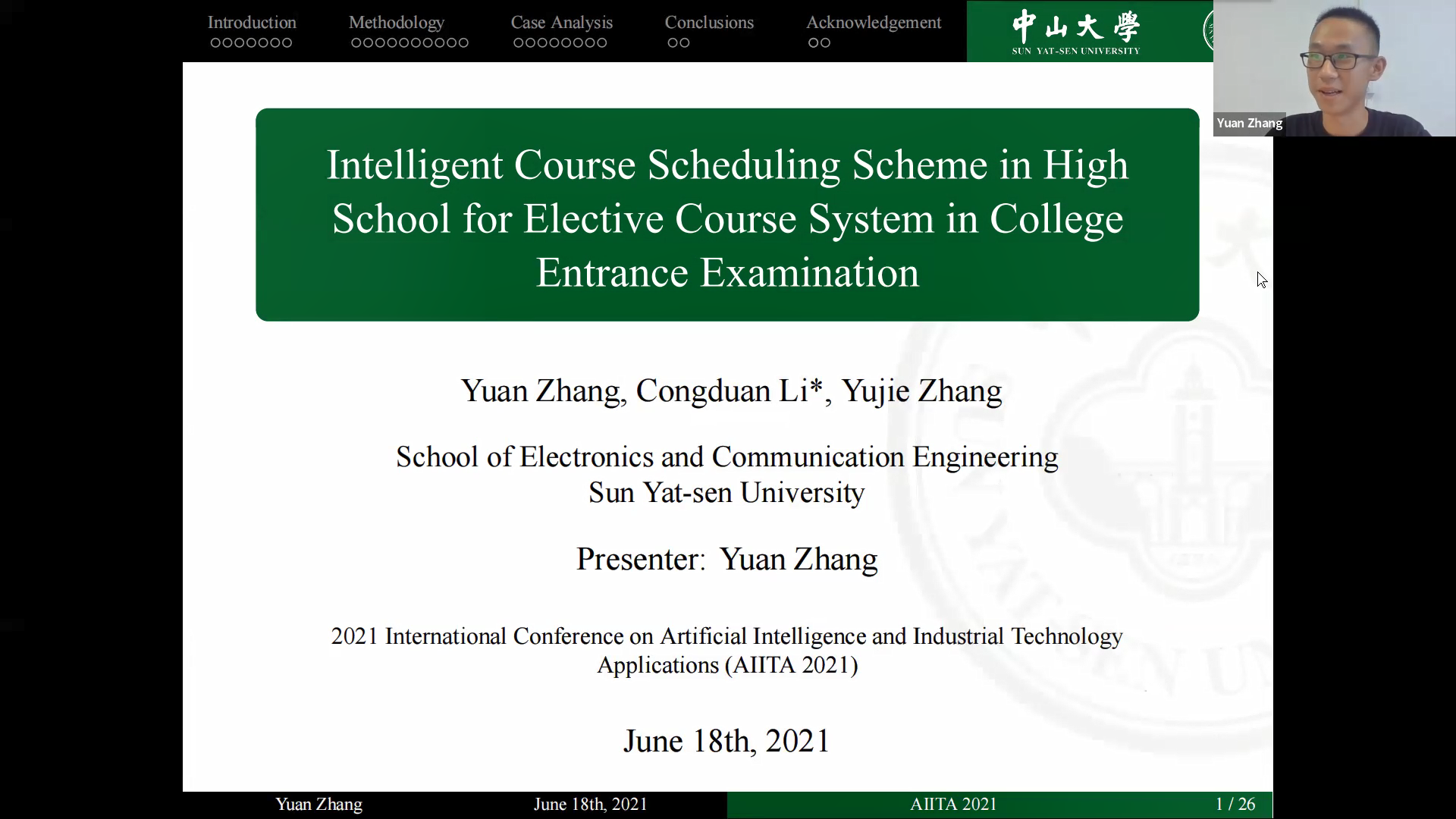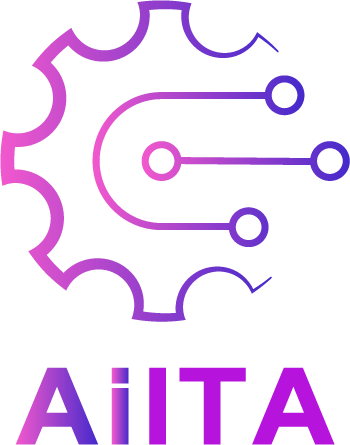
History 2021
AIITA 2021 was originally intended to be held in Nanchang, China during June 18-20, 2021. But due to the sudden replace of COVID-19, there was imposed lots of restrictions to hold onsite events. The safety and well-being of all participants has always been our priority. In such situation, after discussion with conference committees, AIITA 2021 has been converted to full virtual style. There were about 80 delegates from each city that attended the conference, several experts in related fields were invited to give keynote speeches. The in-depth discussions among the attendees effectively advanced the academic exchange.
Keynote Speeches
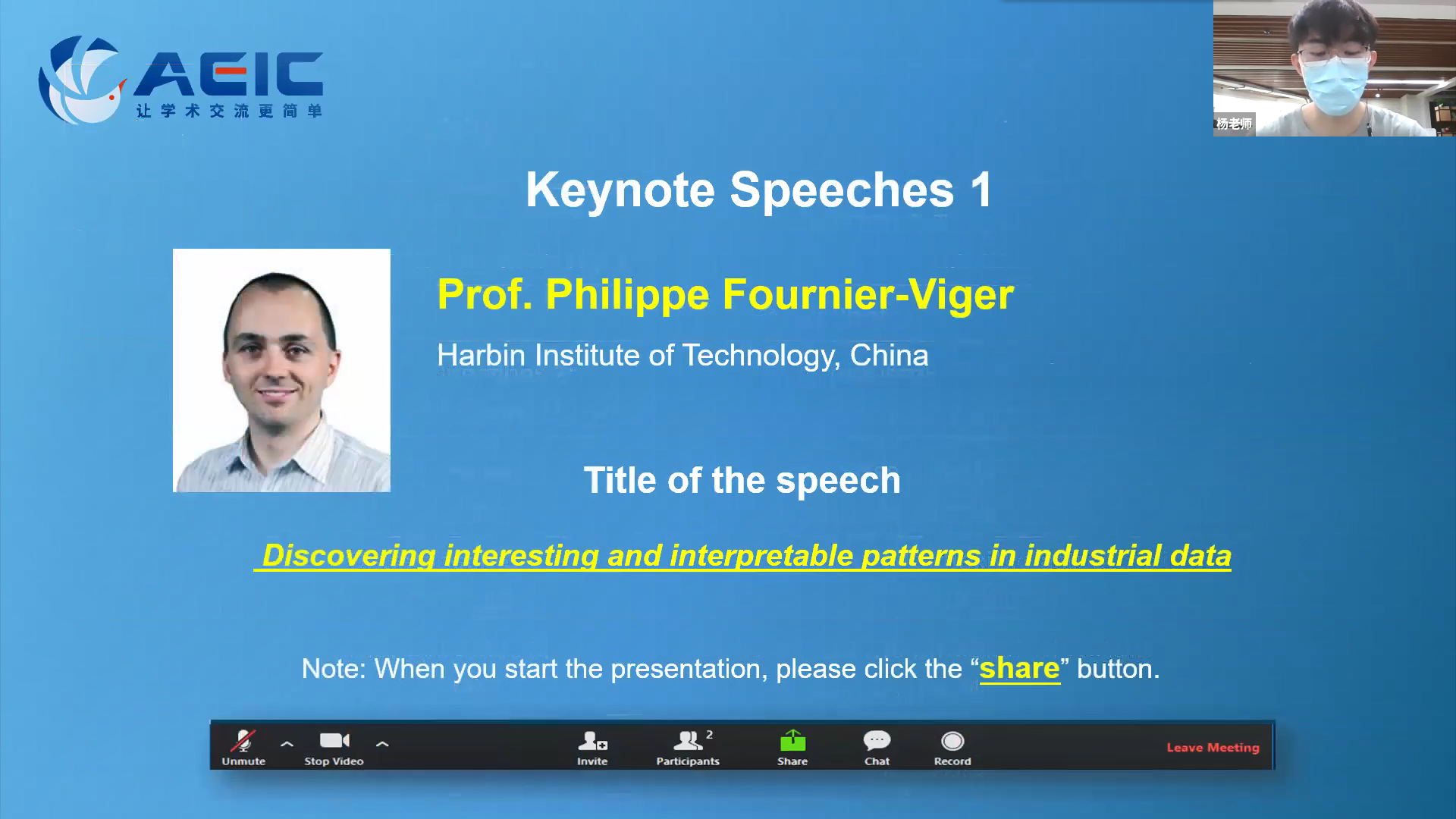 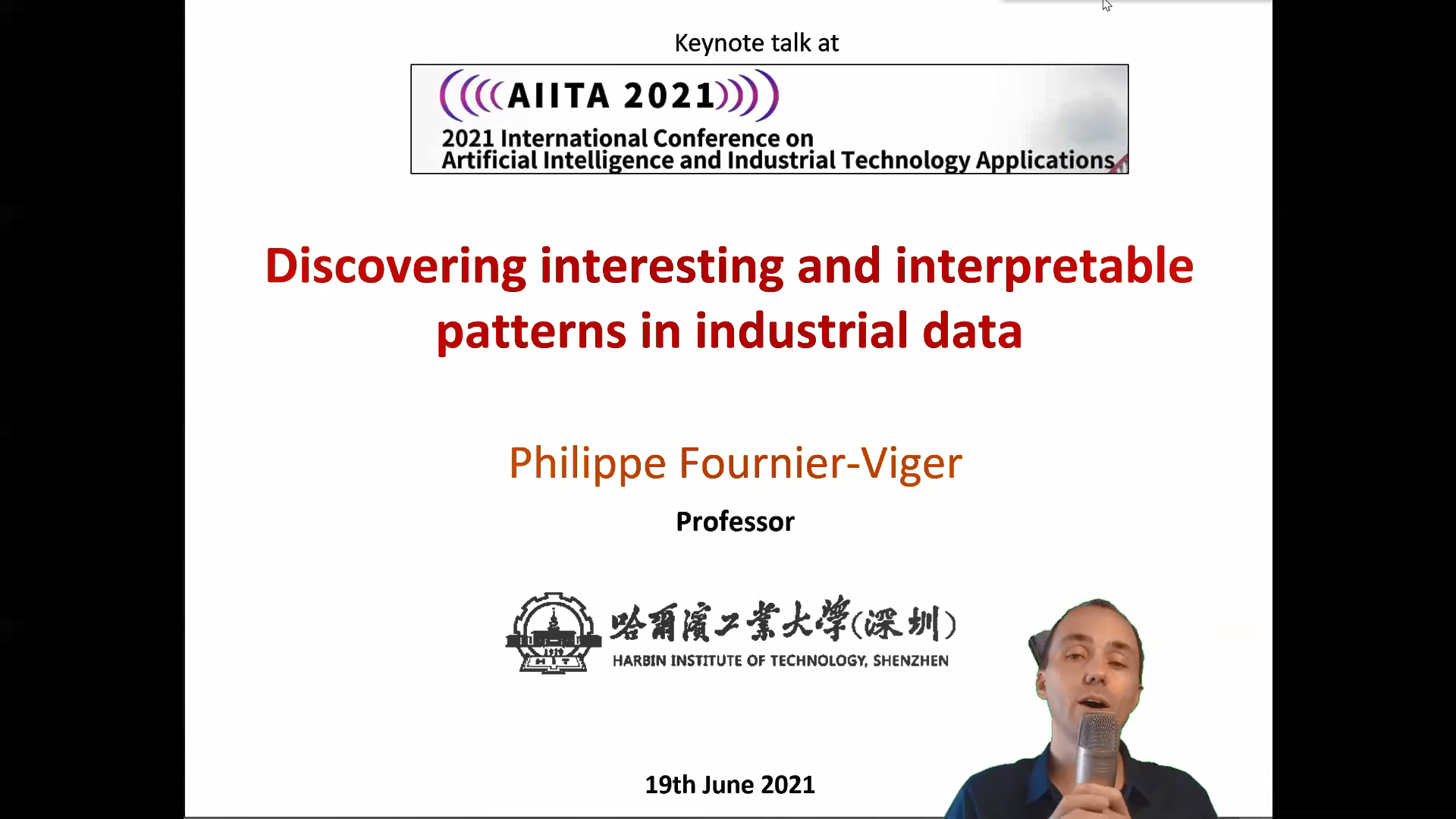
|
| Prof. Philippe Fournier-Viger, Harbin Institute of Technology |
| Title: Discovering interesting and interpretable patterns in industrial data |
Abstract: A large amount of data is collected daily by individuals, businesses and other organizations. Several algorithms have been designed to identify interesting and useful patterns in data that meet a set of requirements specified by a user. For instance, analyzing customer transactions in a retail store can reveal interesting patterns about the purchase behavior of customers, which can then be used for decision making. A traditional way of discovering patterns in symbolic data is to apply algorithms to discover frequent patterns, that is sets of values appearing frequently in data (e.g. products frequently purchased by customers). Although this model is widely used, it relies on the unrealistic assumption that frequent patterns are the most interesting for users. But in real-life, other measures of interest often are more suitable such as the profit yield by patterns. Thus, algorithms have been proposed to identify many different types of patterns in various types of data. Discovering patterns in data has applications in many fields as they provide glass-box models that are generally easily interpretable by humans either to understand the data or support decision-making. This talk will first highlight limitations of early work on frequent pattern mining and then provide an overview of recent problems for the discovery of patterns in data. Topics that will be discussed include high utility patterns, locally interesting patterns, and periodic patterns. Moreover, opportunities related to use of pattern discovery algorithms for industrial applications will be discussed. |
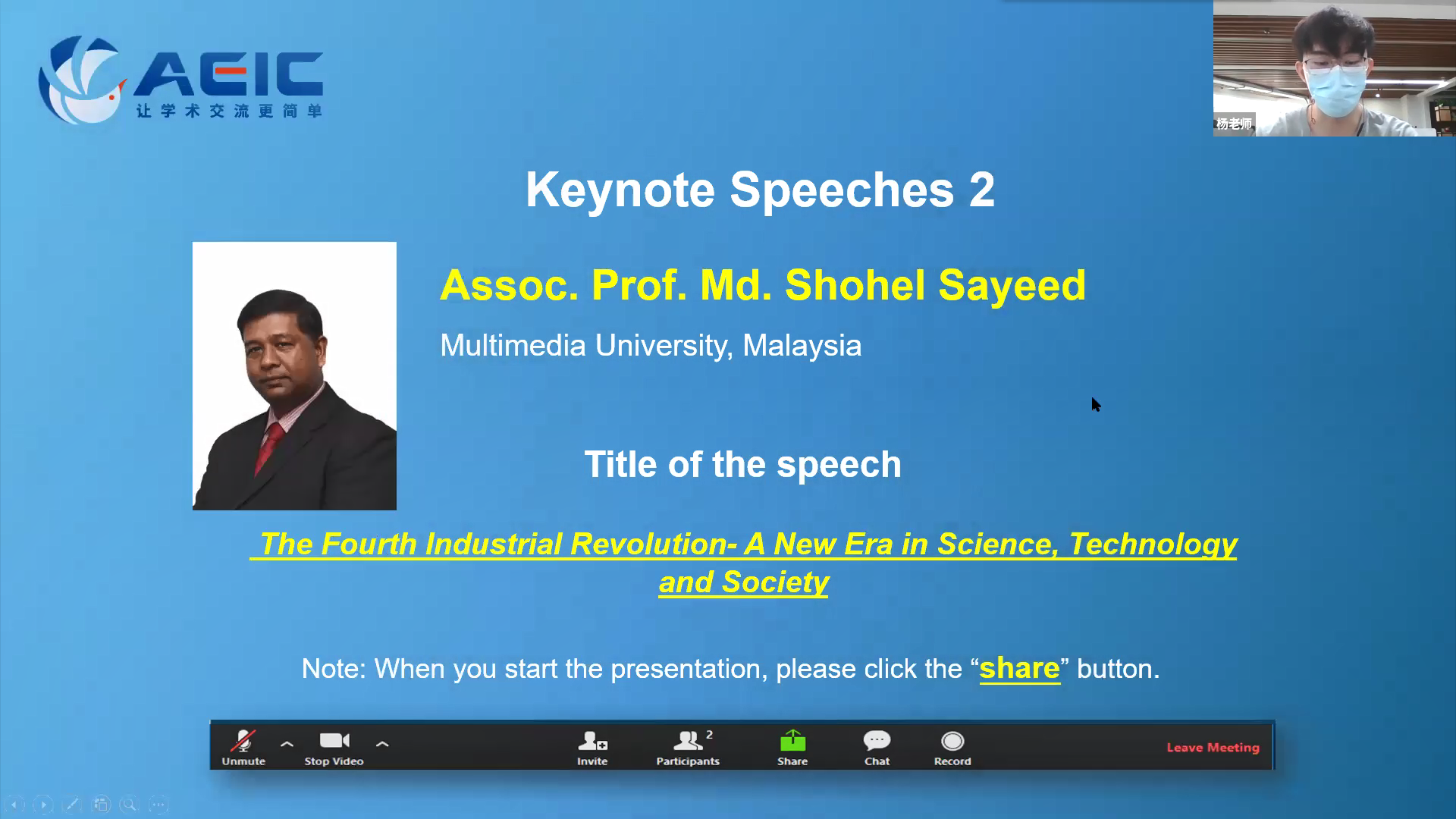 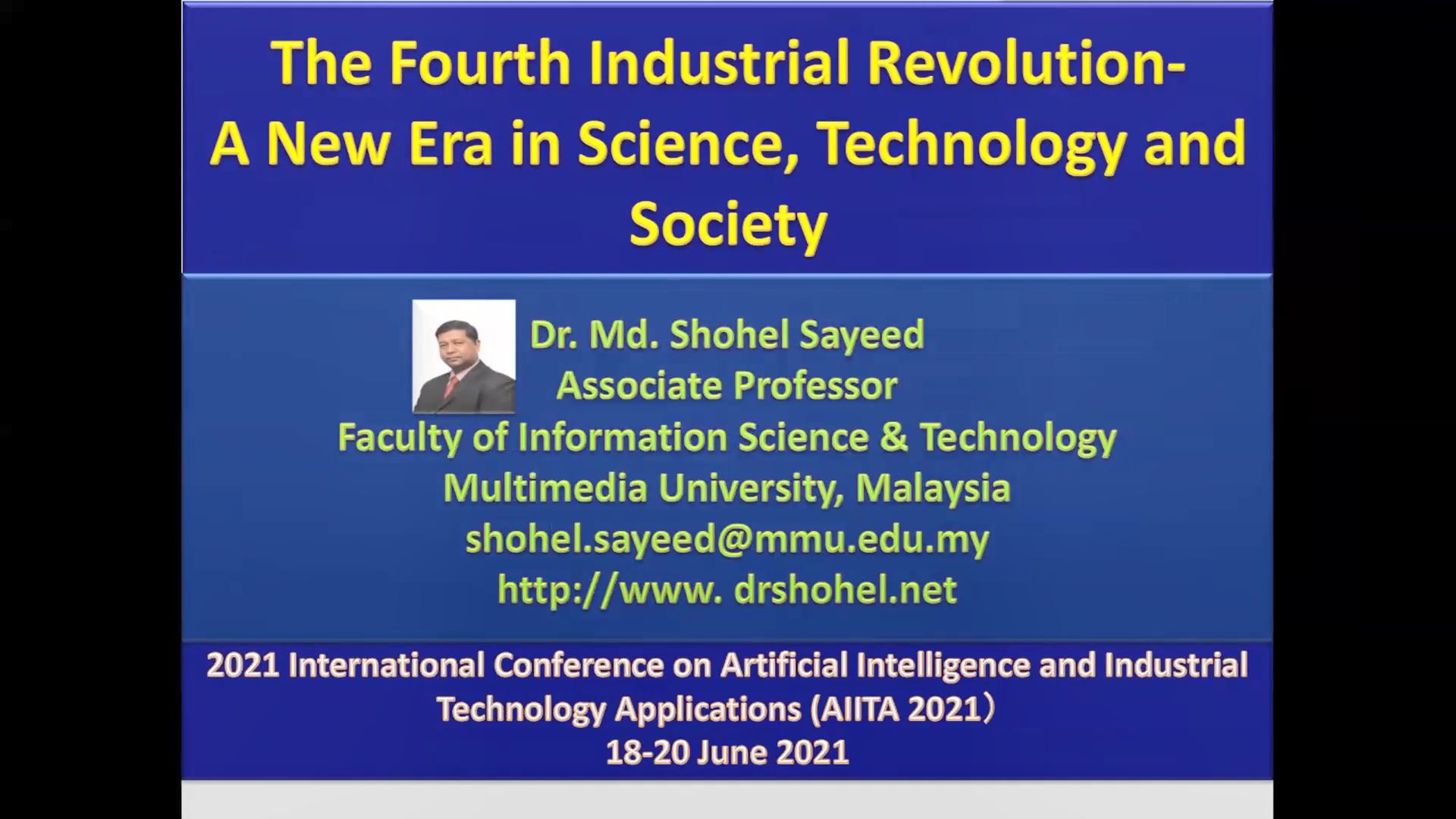
|
| Assoc. Prof. Md. Shohel Sayeed, Multimedia University, Malaysia |
| Title: The Fourth Industrial Revolution- A New Era in Science, Technology and Society |
Abstract: The concept of the Fourth Industrial Revolution affirms that technological change is a driver of transformation relevant to all industries and parts of society. Furthermore, it emphasises the idea that, at certain stages in history, sets of technologies emerge and combine in ways that have far-reaching consequences beyond incremental increases in efficiency. Revolutions in the systems that surround us, step changes in the complex interplay between humans and technology, and transformations that result in new ways of perceiving, behaving, and being are referred to as industrial revolutions. The First Industrial Revolution, which began in the United Kingdom in the 18th century, brought with it both steam power and factory politics, as women were pushed out of manufacturing roles in favour of a male-dominated workplace culture. The combination of steam power and mechanized production created a step change in output. The Second Industrial Revolution, which has been convincingly dated between 1867 and 1914, is a subsequent wave of system change that coalesced around the modern belief that science and technology are the way forward to a better life and that progress is, in many ways, humanity's destiny. Entrepreneurs applied science to the ends of production, and the era saw a flurry of products that were direct results of science and engineering. The revolution resulted in a significant increase in standardisation, technical complexity, and manufacturing precision, as well as large-scale technological infrastructure such as electricity grids and new forms of public transportation based on the internal combustion engine. Along with innovations like the steamship, telephone, gas turbine, artificial fertiliser, and mass production, a much more mobile and aware international public developed a desire for goods, travel, and, perhaps most importantly for the next industrial revolution, information. The Third Industrial Revolution, which began in earnest after World War II, brought about a radical change in information theory and data power. It flourished in tandem with the discovery of the double helix, the space race, and the development of nuclear power. It shaped a postwar world in need of new economic structures and with shifting views of humanity's place in the cosmos, the natural world, and the political order. It also linked the world's societies via infrastructure and applications, resulting in new information-sharing flows that continue to shape values, knowledge, and culture. Governments and businesses recognised computers' ability to perform complex calculations and, eventually, general-purpose use. Rapid progress toward increasing computational power led to a more interconnected and complex world in many ways and is still driving change across sectors and regions at the beginning of the Fourth Industrial Revolution, just as the continuing spread of electricity access is still bringing the benefits of the Second industrial Revolution to communities around the world. The Fourth Industrial Revolution, like the previous industrial revolutions, provides amazing opportunities for individuals, industries, and nations. Artificial intelligence, the Internet of Things, and the potential of quantum computing all promise to improve system optimization. Distributed ledger technologies, such as blockchain, are demonstrating utility far beyond the advent of cryptocurrencies, such as the provision of secure, digital identification, the management of fraud and externalities in value chains, and the creation of greater transparency in government procurement. Neurotechnologies are rapidly advancing and may soon augment human cognitive and physical capabilities in ways that were only a decade ago science fiction, while faster and more durable approaches to multidimensional printing will bring personalised, unique, and essential objects and structures into daily life. As the Fourth Industrial Revolution builds on top of the third, and new technologies emerge, taking advantage of the global digital infrastructure to scale, there will be myriad new ways to realize our visions of the future. The digital world is becoming an invisible fabric that is taken for granted, and the disruptive characteristics of a new world based on cyber-physical systems will necessitate new ways of thinking about technologies, thinking about ourselves, and thinking about how we govern collaboratively, wisely, and with the flourishing of humanity in mind. |
Oral Speeches
Yuan Zhang, Sun Yat-sen University, China Title: Intelligent Course Scheduling Scheme in High School for Elective Course System in College Entrance Examination
|
Yue Qin, CATARC(Tianjin)Automotive Engineering Research Institute Co., Ltd Title: Study on the Influence of Automobile Intelligent Development on the Market Scale of Network Security
|
Minyu Chen, Shanghai Jiao Tong University, China Title: Primary Frequency Regulation of Intelligent Building-type Virtual Power Plant | |
| Publication of AIITA 2021 (History) |

| AIITA 2021 (ISSN:1942-6596)
| Scopus |

